Thoughts on Owning Two GTS Models: Boxster (981) and 911 (991 Pre-Facelift)
公開日:

コンテンツ
Two Beloved Cars
I want to keep every Porsche I own forever, but there are two in particular that I especially want to hold onto.
Those are the Boxster GTS (981) and 911 Carrera 4 GTS (991 pre-facelift), both made around the same time.
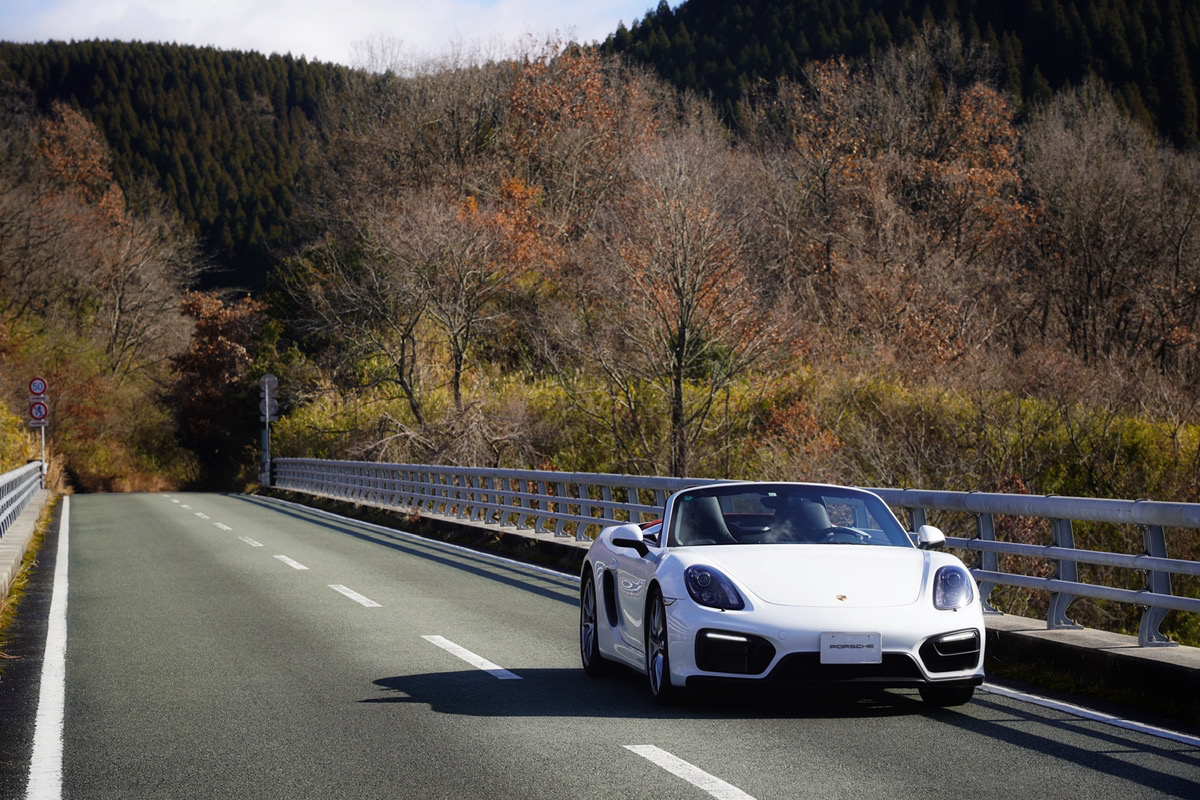
Boxster GTS (981)
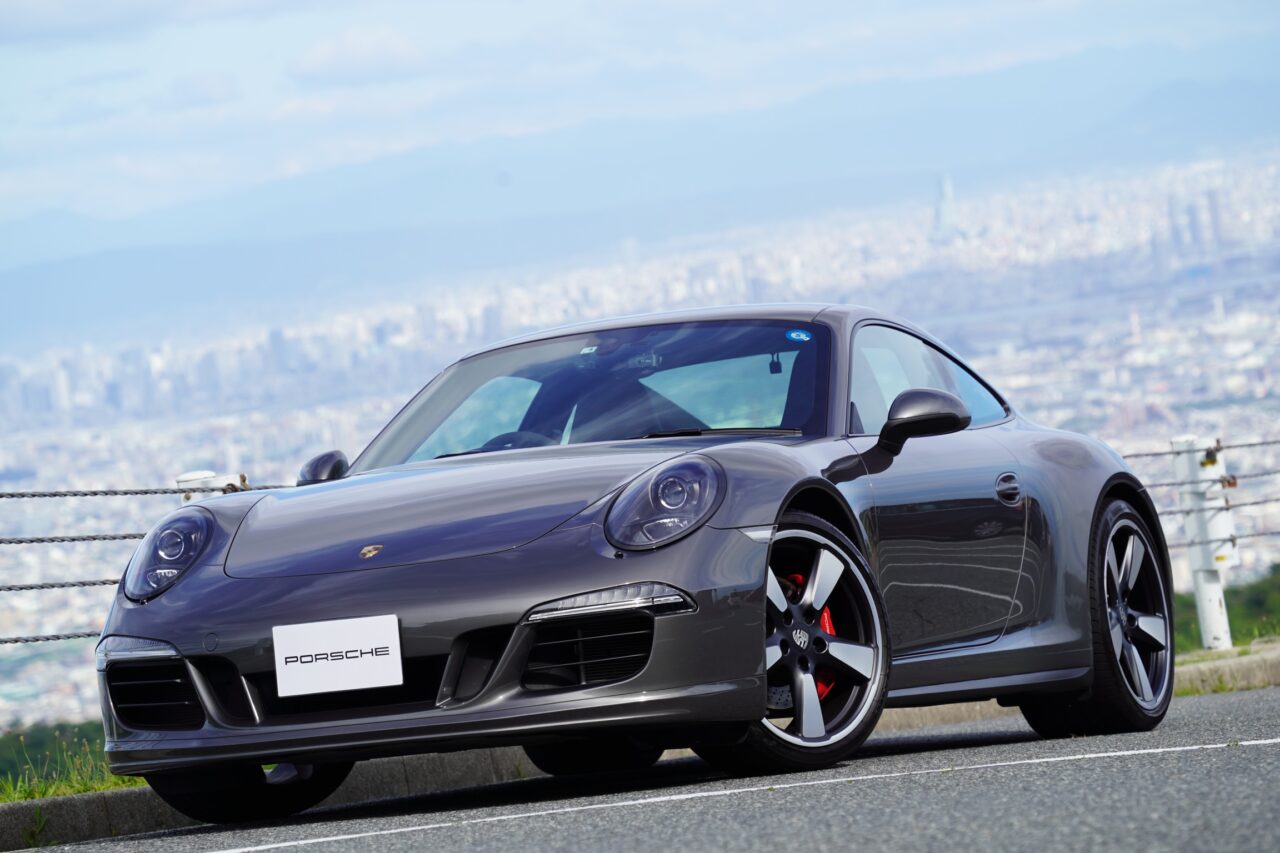
911 Carrera 4 GTS (991 pre-facelift)
Both are the ‘GTS’ grade, standing for Grand Touring Sport, and both feature naturally aspirated flat-six engines from before noise and environmental regulations became as strict as they are now.
The 911 GTS is, at this point, the last naturally aspirated engine in the Carrera lineup, and it’s also the most powerful tuned engine of its kind. The 3.8L naturally aspirated engine produces 430 PS, boasting an impressive 113 PS per liter.
Additionally, popular options like the Sport Chrono Package, PASM, and Sports Exhaust—the “three sacred treasures”—come standard, making this grade a perfect blend of high-level driving performance, comfort, and sensual appeal.
Differences Revealed by Comparing the Two GTS Models
Recently, I had the chance to compare these two cars again, and I’d like to share my impressions through a comparative perspective.
After driving the 911 Carrera 4 GTS, getting into the Boxster GTS feels like
The first thing that strikes me is, “How incredibly light and nimble the Boxster is, almost like it’s dancing on the road!” Every control and movement feels smooth and rounded. All motions are curved and flow beautifully like a graceful arc.
The ride is mild, with the tires gripping the road softly and continuously. When you turn the steering wheel, it responds with just the right amount of quickness—not too sharp—and smoothly changes the car’s direction, following a beautiful mid-engine trajectory like drawing circles with a compass through corners.
It’s a wonderful feeling, making driving pure joy. You want to take every corner again and again.
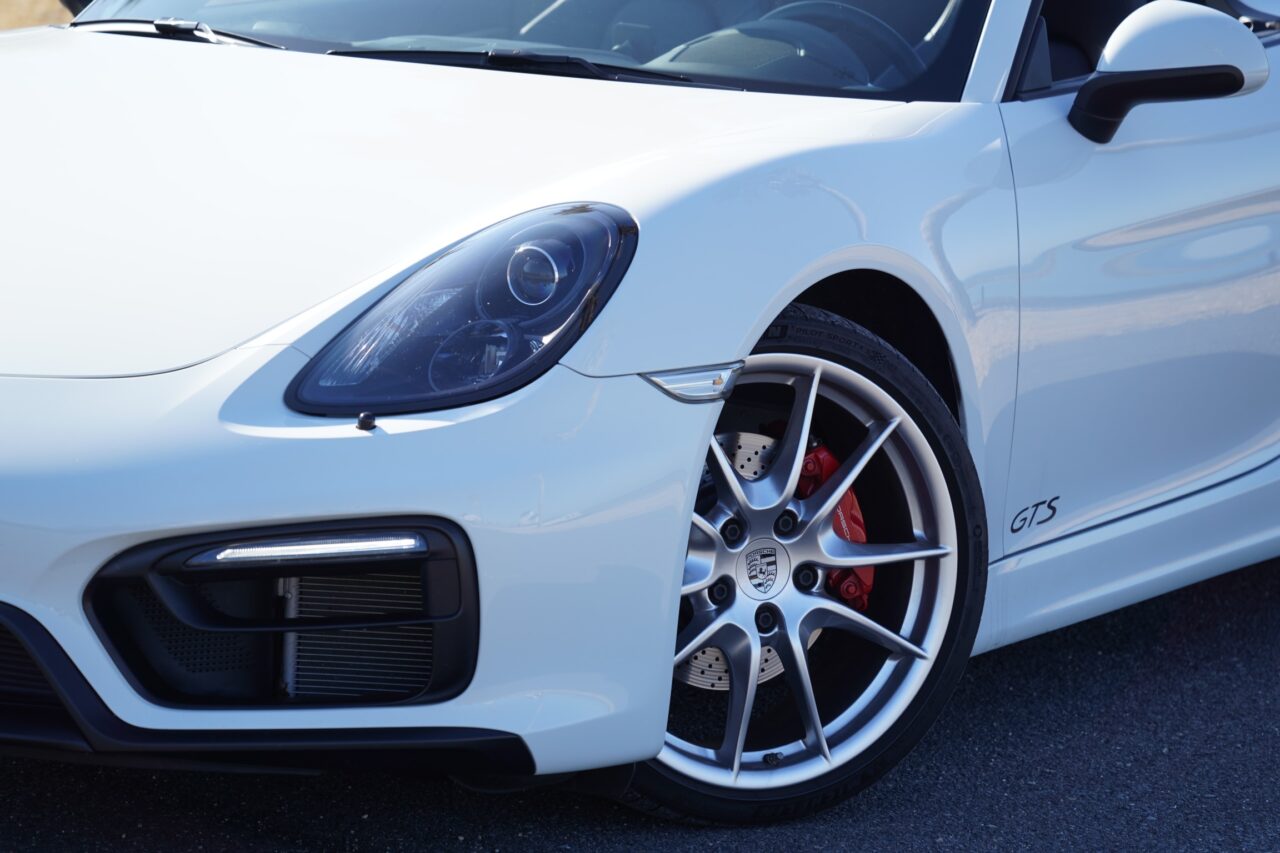
Open the roof, and the sports exhaust delivers an exhilarating sound that lifts your spirits even at low revs. If you don’t like the burbling, you can close the sports exhaust valves, which then produce a clear, well-tuned exhaust note.
I think this is because, unlike the 987 and earlier models, the mechanical sounds are less prominent and the exhaust note dominates. So, those expecting the old mechanical flat-six sound might find it a bit lacking.
In terms of loudness, the burbling is much louder and flashier on the Boxster GTS. However, the deep bass impact is stronger on the 911 GTS.
Weighing just over 1300 kg, even the 3.4-liter engine doesn’t feel sluggish at low speeds, allowing smooth acceleration and deceleration with excellent drivability in town. Above all, it’s great that the speed doesn’t get out of hand even when revving the engine somewhat, making the Boxster GTS enjoyable in any situation.
After driving the Boxster GTS, getting into the 911 Carrera 4 GTS feels like
On the other hand, when you get into the 911 Carrera 4 GTS, the first impression is “How solid and stable it feels!” I think the all-wheel drive plays a big part in this, but even accounting for that, the 911 definitely feels more firmly built compared to the Boxster.
However, this is better described as an intentional tuning difference rather than just a difference in vehicle class, unlike differences between models from other manufacturers.
The ride feels firmer, as if gripping the road tightly, but it’s by no means uncomfortable for everyday use. Probably, if you have your wife or girlfriend in the passenger seat, they might dislike some road conditions, so for a date car, the Boxster GTS might be the better choice.
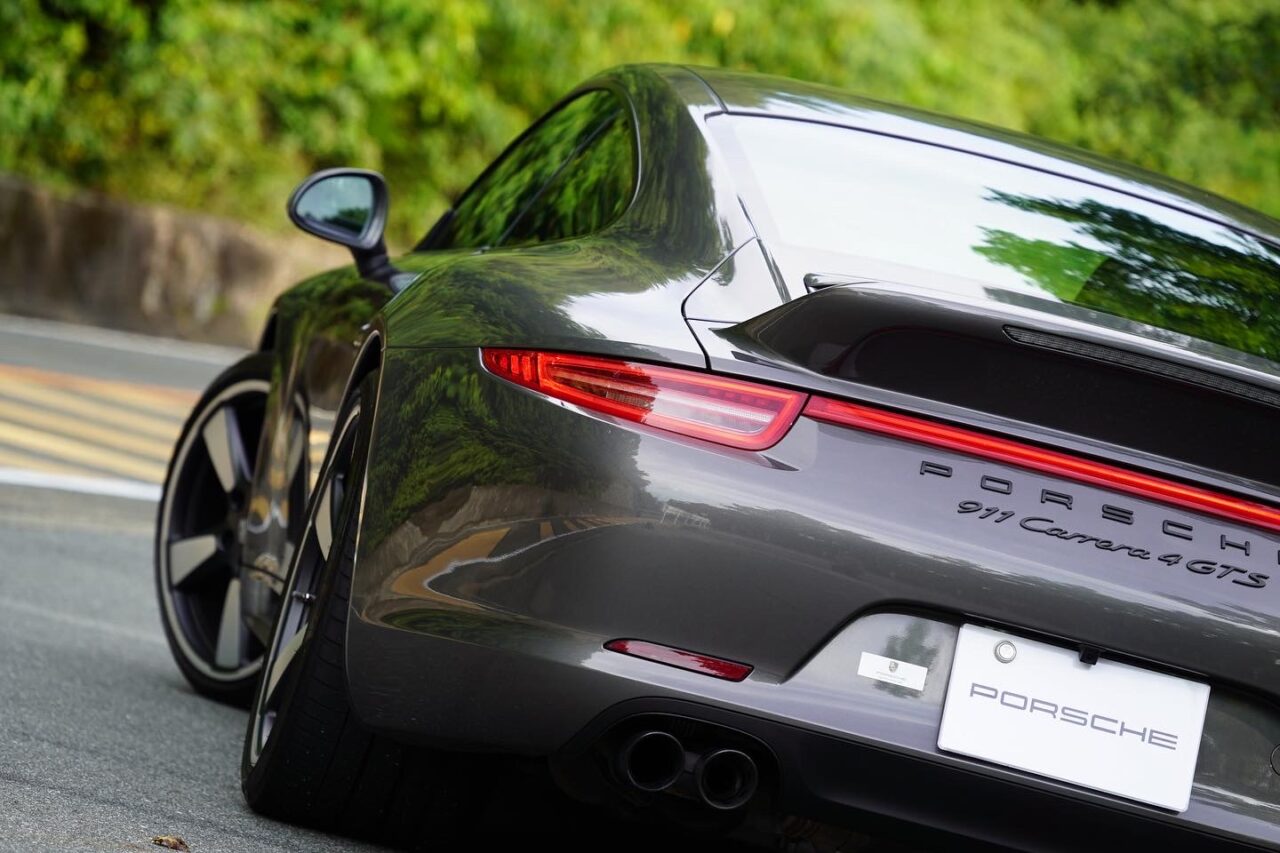
Driving the 911 GTS on winding roads feels completely different from the Boxster. The handling feels more solid, and the road surface feedback is clearer than on the Boxster. The way traction kicks in, pushed firmly from the heavy rear, is uniquely 911, and you can feel it even with the all-wheel-drive Carrera 4.
Compared to the Boxster’s compass-like circular cornering, the 911 quickly pivots inward around the rear and powers out of corners with intense traction, almost like a thrilling ride. That’s the fun of the 911, and by adjusting weight distribution, you can corner even more enjoyably, making it addictive to keep improving your driving skills.
Regarding sound, the mix of intake and exhaust deep bass reverberating inside the cabin is truly impressive. My wife describes the 911 GTS’s sound as a
In town, the 3.8-liter engine has more than enough power, so you don’t need to rev it as much as the Boxster. Still, the engine sound is enjoyable even at low revs, so there’s no frustration in city driving.
Common Ground from the GTS Perspective
These two cars are the same GTS grade, designed and produced around the same time, but as mentioned above, their differences are significant.
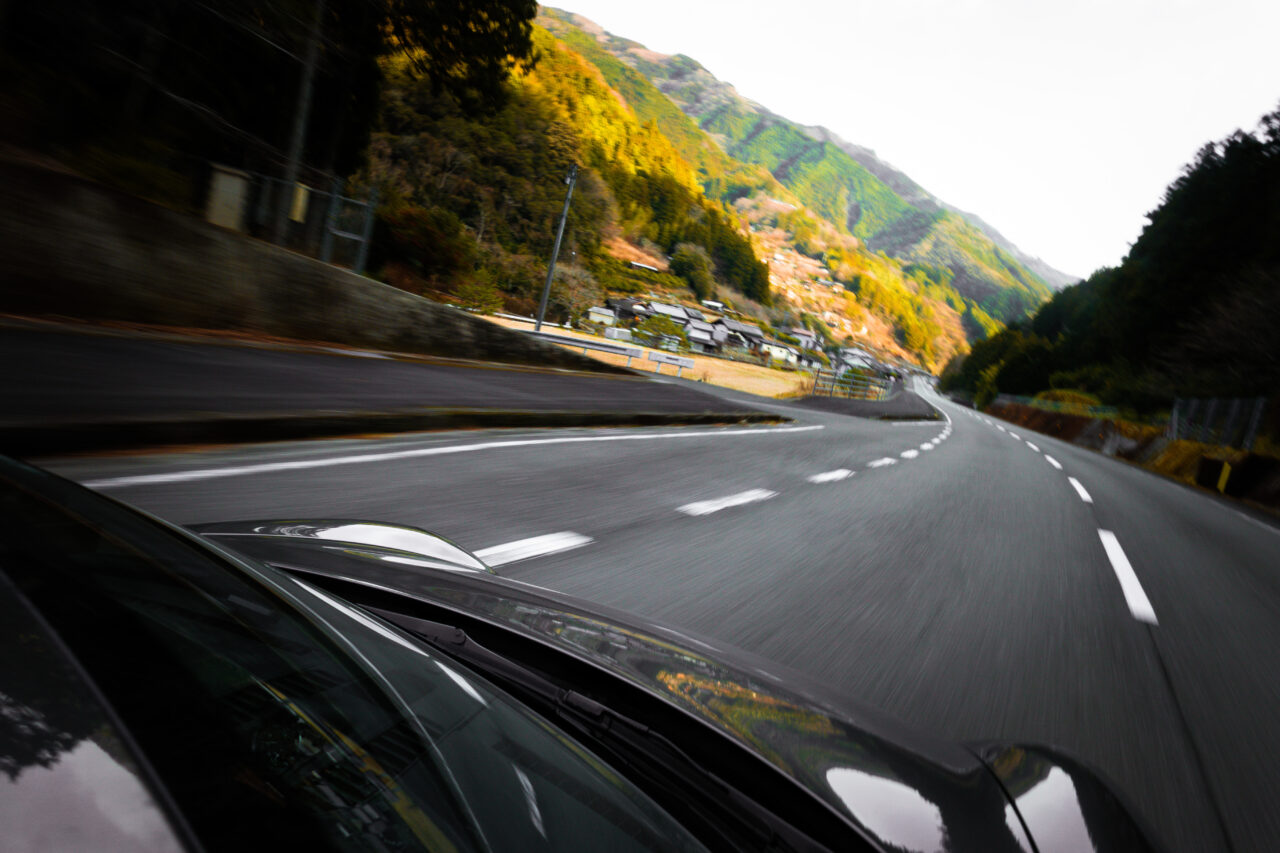
However, they share many common traits. That’s the concept behind the GTS grade.
Above the S grade but below GT3/4. It aims to balance street speed, comfort, and fun, with almost no racing car elements. This is what sets it apart from the GT grades.
That’s why these two cars are genuinely fun to drive in any situation. The fleeting thrills and excitement might be stronger in the GT grades, but the GTS lets you enjoy comfort and fun throughout the entire journey—from leaving the garage, arriving at your destination, to returning home.
The name Grand Touring Sport is no exaggeration. These are two cars I’d recommend not just to car lovers, but especially to those who love driving.
このブログが気に入ったらフォローしてね!


Comment ( 0 )
Trackbacks are closed.
No comments yet.